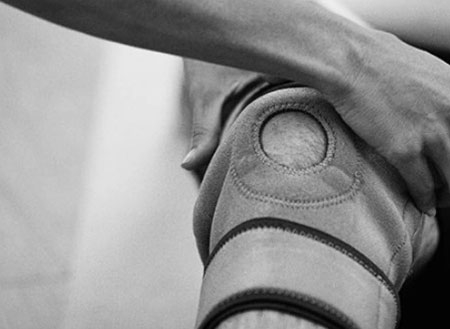It has been a year and a half since we blogged about our Durable Medical Equipment (DME) area. They are the suppliers of all of our prescribed braces and other general medical accessories. Due to technological advancements, some pretty nifty products are available for different pathologies, but what function do these products actually serve? Read on to find out!
First of all, not every orthopaedic problem can be solved or even helped with a brace. Furthermore, even when appropriately prescribed, a brace is not a cure-all for whatever body part is ailing. Braces are meant to provide stability and support while also restricting specific motions. For maximum benefit, the brace should be properly fitted and worn as directed.
Braces are commonly prescribed as transitional tools for stable fractures as a patient is allowed to begin the return to normal function after immobilization in a cast. They allow persistent support while the bone continues to heal. These removable devices allow patients to perform daily hygiene that is not possible in a cast. They can be removed for therapeutic exercises to restore strength and mobility. Removable braces have proven vital when caring for injured body parts that also have wounds that need daily attention and dressing.
Another purpose of a brace is to provide additional support to a joint that is lacking stability. That lack of stability may be due to ligamentous damage such as an ACL or MCL tear. The brace provides the support the ligament lacks while it heals. Such knee braces would require stays on either side of the knee to prevent unwanted motion. A simple over-the-counter neoprene compression sleeve is not going to have the same result as it lacks the supporting elements required for effectiveness. Knee braces with stays can be hinged, straight, or adjustable to meet the needs of the injury.
Your physician may want the joint immobilized to facilitate healing immediately following injury or surgical intervention. As time progresses, you may be allowed some degree of motion to prevent stiffness and develop some strength again. Ultimately, your doctor may allow you to return to some semblance of normal activity, but only with a brace allowing full range of motion of the joint in place at all times. Believe it or not, we have versatile braces for knees and elbows that are with you every step of the way through that process.
A lesser known usage of knee braces is in the realm of osteoarthritis. These braces, called Unloaders, are not compensating for a lacking ligament; rather, they are preventing instability caused by a deteriorating joint space. If you notice that as your arthritis becomes more painful, your knee seems to be bowing inward and collapsing, you may be a candidate for this brace. It will ‘unload’ the stress on that bowing knee; thus, allowing you to get around with greater ease.
Braces have certainly not replaced casts and splints as a means of immobilizing injuries, but they have allowed us to remove patients from their dreaded confines earlier. Their versatility allows patients to have more freedom to perform their daily activities without assistance. Feel free to swing by OAW and ask to be directed to our DME store if you have questions or want to see what kind of products our physicians provide. Our team of qualified fitters is happy to answer questions about products and insurance coverage thereof. From lace-up ankle braces to knee braces to wrist braces, we literally have you covered!

